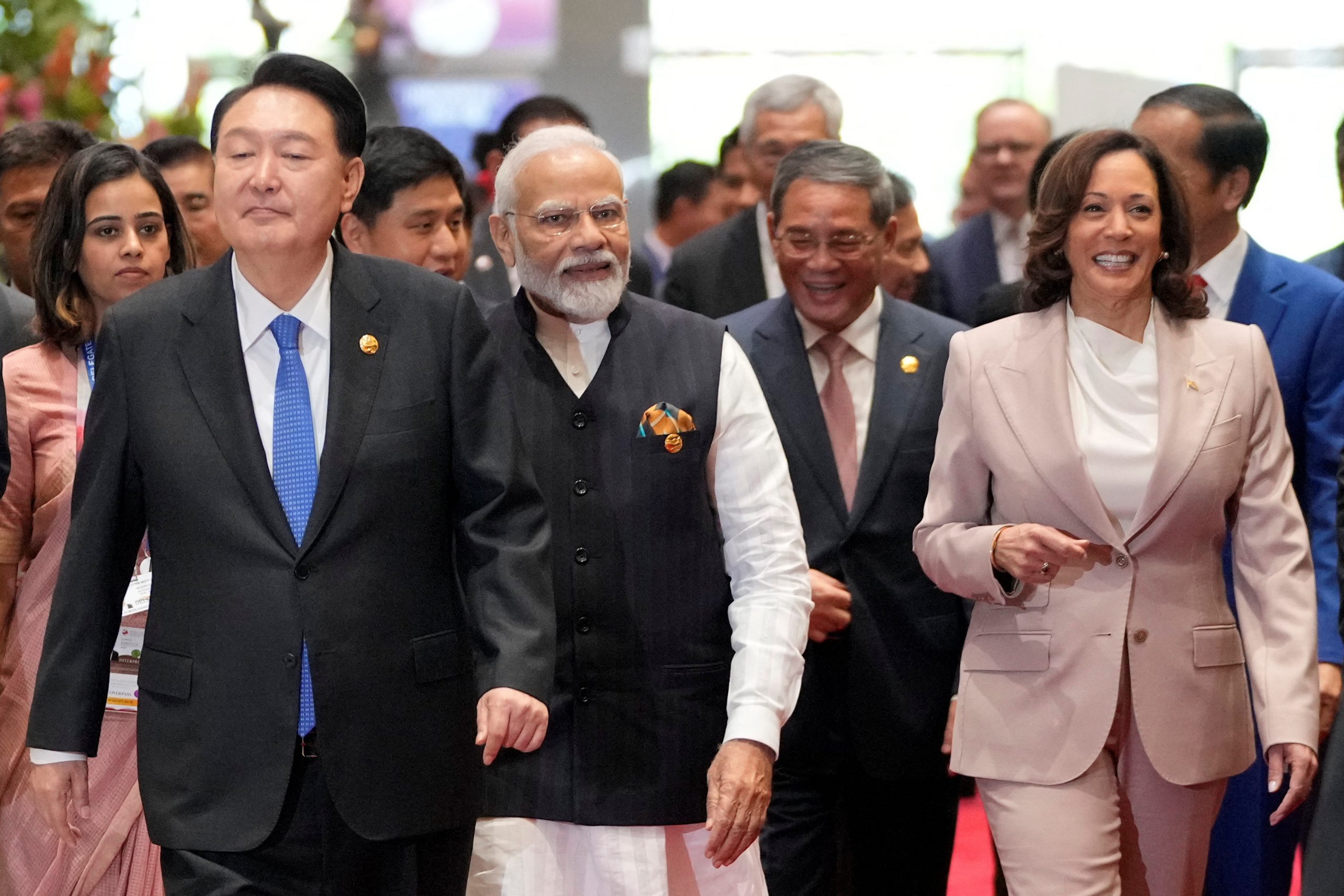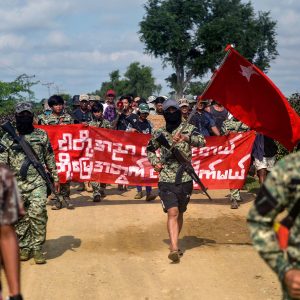On September 5th, the leaders of the Association of Southeast Asian Nations (ASEAN) met in Jakarta, Indonesia, under the guidance of Indonesian President Joko Widodo. The Southeast Asian bloc’s 43rd meeting commenced under tense conditions, including Beijing’s release of China’s newly declared territory map and the marked absence of United States President Joe Biden. Of the many weighty topics focused on regional stability, safety, and peace, the increasing aggression of China’s naval forces as well as the ever-prominent United States vs. China standoff took center stage. Despite the obvious importance of these issues, Southeast Asian leaders fear they’ll be caught in the crossfire or swept up into waves they can’t ride out.
The ASEAN, a ten-nation bloc, was formed in 1967 to promote economic prosperity and regional relationships as well as to slow the spread of communism throughout Southeast Asia. In its nearly 60 years of existence, ASEAN has worked to create a single Southeast Asian market by supporting free regional trade, thus building stronger ties between neighboring Southeast Asian countries. However, in recent years the efficiency and international relevance of ASEAN have come into question. This sentiment of uncertainty surrounding ASEAN has arisen particularly due to the group’s apparent helplessness in the face of Myanmar’s ongoing political unrest, which Indonesia’s coordinating minister, Mohammad Mahfud, described as “a negative mark on ASEAN.”
Myanmar, an ASEAN member nation since 1997, has been rocked with political unrest and violence since the military coup in February of 2021, which overthrew the newly, democratically elected government. The military declared a state of emergency in which the new government would be headed by one of the former administration’s senior generals. Although ASEAN quickly issued formal condemnation of the military violence towards citizens and protestors, calling on the leaders to work with ASEAN on a peace plan since dubbed “the five-point consensus,” the military junta has continued its crackdown on political activists and freedom fighters, killing upwards of 4,000 civilians as well as arresting and executing activists. ASEAN has since decided to ban Myanmar’s military government from attending and hosting the summit, though this threat too has fallen on deaf ears, doing practically nothing to persuade Myanmar’s generals to work for peace.
ASEAN’s growing irrelevance is evident beyond its inability to positively intervene in the crisis in Myanmar. A lack of unity in its response to Chinese aggression has also plagued the group’s collective benefit. Many view ASEAN less as a unit for organized initiative, and more as just another stage for bigger battles to be fought. Biden’s absence from the summit, in addition to tensions between Vice President Kamala Harris and Chinese Premier Li Qiang, is leading Southeast Asian leaders to become increasingly concerned that this may truly be the case. Indonesia’s former foreign minister commented on Biden’s absence as being “disappointing and symbolically significant,” claiming it was yet another sign of the bloc’s characteristic incapability to take meaningful action.
Of the ten member nations, many conduct important trade relations with their proximal supernation China, with Laos and Cambodia being particularly dependent on China economically. Other nations, namely the Philippines, are intent on maintaining stronger alliances with the United States to maintain their territorial claims. The week before the bloc’s meeting in Jakarta this year, China released their newly updated territory map which, along with the addition of an extra dash on the infamous nine-dash line past Taiwan, also included nearly the entirety of the South China Sea, validating further incursions into the maritime territory of Indonesia, Vietnam, Malaysia, Brunei, and the Philippines, all ASEAN members. However, despite this clear insult to half of the bloc’s members, ASEAN failed to release a unified statement against China’s one-sided designation of international territories.
The question of how ASEAN came to be bogged down with these integral inconsistencies is not overly complicated to answer. ASEAN’s problems are far more basic than they first appear: members are simply too varied in their individual national designs and goals to truly come together in any great capacity. Of the ten ASEAN member nations, only three can be considered real democracies. The rest consist of a sultanate, a dictatorship, two Communist Party-run governments, and an autocracy. Even in 2022, when Cambodia’s dictator Hun Sen hosted the ASEAN summit, he entertained recognition of Myanmar’s military government, advocating for allowance of their participation in the association. While ASEAN prides itself on its maintained existence in the face of these governmental discrepancies, it was only able to maintain this level of cohesivity because of one foundational, yet ultimately flawed, design.
As outlined in ASEAN Declaration of 1967, one of the primary agreements of ASEAN is the non-interference principle which, since its founding, promised “mutual respect for the independence, sovereignty, equality, territorial integrity, and national identity of all nations; the right of every state to lead its national existence, free from external interference, subversion or coercion; and non-interference in the internal affairs of another member states.” While this may have been a vital and applicable feature during the Cold War, it has proven an increasingly detrimental obstacle to the achievement of ASEAN’s existential goals. Although the principle does allow a level of regional connectivity that would otherwise be unattainable, it serves little more purpose than a meaningless handshake and a title of membership. With so much inherent, pre-existing disunity, the non-interference principle effectively limits ASEAN’s ability to create and enforce substantial regional agreements and treaties.
Despite explicit statements from Biden’s administration affirming that the President’s absence from the summit should not be taken as a devaluation of the Southeast Asian bloc or region, ASEAN leaders have been left in doubt. The presence of Vice President Kamala Harris did little to ease their disappointment, becoming, instead, further evidence for many Southeast Asian leaders pointing to the dire nature of their situation. Caught in the midst of ideological battles far outside their control, and facing criticism for their inability to make substantial impacts on their own regional affairs, ASEAN is faced with a decision: either unite under the common purpose of reinvigorating their organization or face the fact that they’ve become nothing more than a theater of conflict. For now, though, ASEAN continues to brush off its obvious shortcomings, instead resorting to pleas for peace and de-escalation of regional tensions. Widodo echoed this sentiment of Southeast Asian uninvolvement, closing the summit with a warning that “the world will be destroyed if conflicts and tensions in one place are taken to another.”
Featured Image Source: Reuters






Comments are closed.